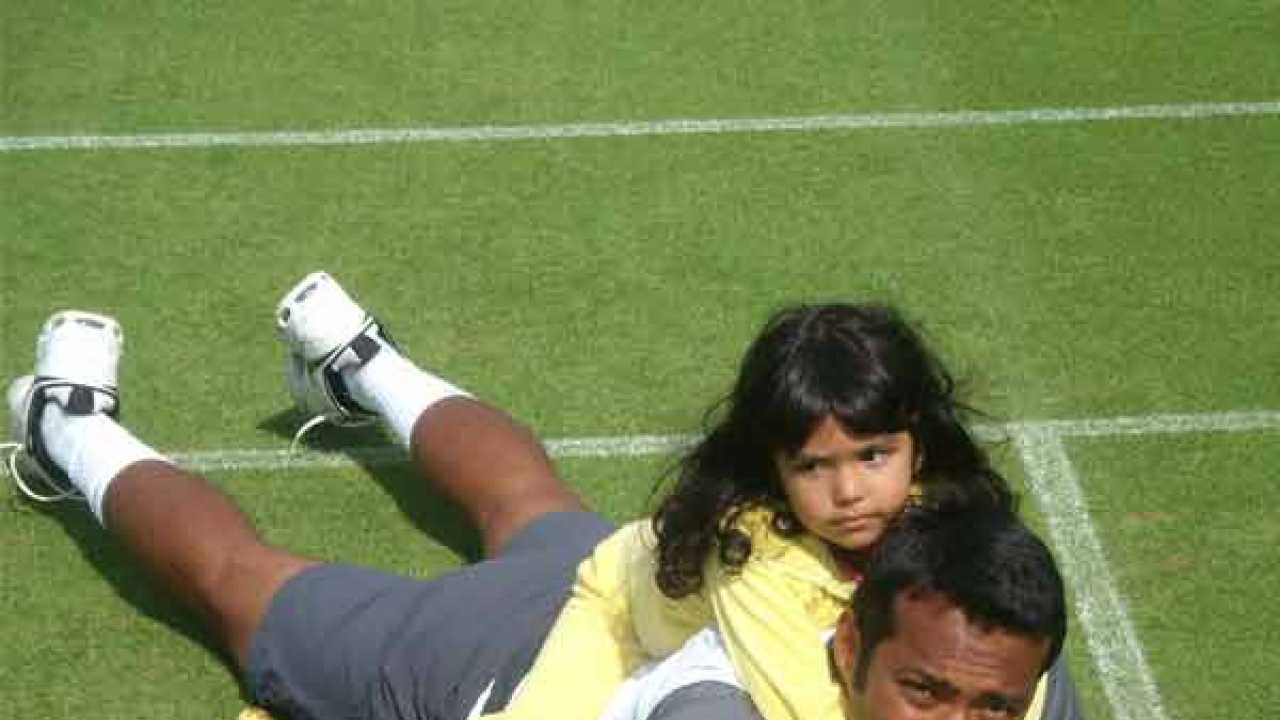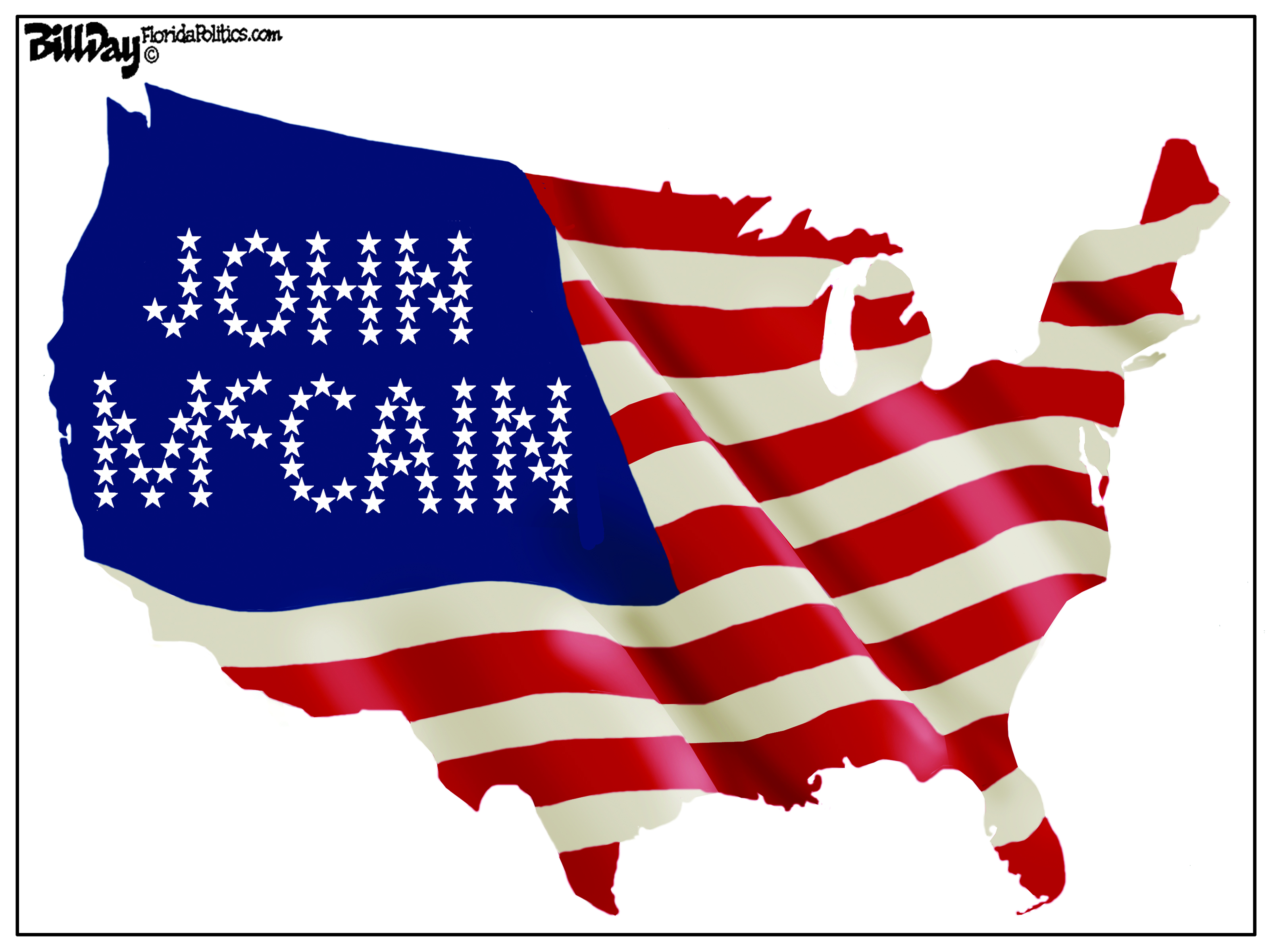- Select a language for the TTS:
- UK English Female
- UK English Male
- US English Female
- US English Male
- Australian Female
- Australian Male
- Language selected: (auto detect) - EN
Play all audios:
'Campaigns to raise public awareness of human trafficking may have flaws, but their overall impact is positive. YES OR NO?'
INTRODUCTION ANNE ELIZABETH MOORE (NO) Author of Threadbare: Clothes, Sex & Trafficking KATHERINE CHON (YES) Director of the US Office on Trafficking in Persons Joanna Ewart-James (YES)
Advocacy Director at Walk Free David Feingold (NO) Director of the Ophidian Research Institute Matthew Friedman (YES) CEO for The Mekong Club Zoe Trodd University of Nottingham Cris Sardina
(NO) Director of Desiree Alliance Marilyn Murray (YES) Creative Director at Love146 Sameera Hafiz (NO) National Domestic Workers Alliance Ima Matul (YES) Survivor of Human Trafficking
In 1997, when I began the UNESCO trafficking program for the Mekong Region, there was little public interest in human trafficking. However, over the past decade and a half, human trafficking
(sometimes clad in the sexier guise of 'modern slavery') has become a durable flavor of the month. To that extent, awareness-raising has worked. However, we must differentiate
between careful investigative reporting and documentaries, authoritative research reports, and validated studies on the one hand; and 'real men don’t buy girls' feel good campaigns
on the other. My view is that, today, broad-scale scatter-shot public awareness campaigns often do more harm than good.
When assessing the net contribution of 'public awareness' campaigns, much depends how 'public' is defined. There are many publics: a tailored tested campaign that
supplies culturally and linguistically appropriate safer migration information to villagers in remote areas can be effective, provided it recognises the constraints within which they make
choices. Telling girls in a conflict area in Burma that they should stay home, stay in school, get good grades, and not be lured by bright lights and big cities is neither honest, nor
effective given a well-founded fear of rape by the Burmese Army, and the short and long-term economic returns to education.
Telling girls in a conflict area in Burma that they should stay in school and not be lured by bright lights and big cities is neither honest, nor effective.
Awareness-raising among migrants regarding crooked brokers, dangerous conditions on Thai fishing boats, and labour rights protection can be useful, provided one realises that migrant
decision making choices are highly constrained. To be effective, awareness campaigns must be research-based and have a clear understanding of factors that impact the target audience’s
subjective risk assessment. The limitations of raised awareness to populations at-risk of trafficking must be clear: good information does not guarantee good choices; however, it must also
be noted that lack of information often guarantees bad choices.
A different type of public awareness campaigns seem to fall in the category of 'feeling good about feeling bad' exercises. They seem to have, as their main objective, raising funds
or the public image of the organisation that launched the campaign. Few make any logical connection between the actions advocated and any conceivable impact. Among the silliest: a campaign
launched by CNN showing groups of people throwing paper airplanes to fight slavery. Richard Quest, in a great moment of television, even had his specially selected audience and panel of
“experts” trying to make paper planes to throw around the studio. How this was helpful to coerced Burmese fisherman or abused Filipino maids in the Gulf was never quite made clear.
Similarly, TV shows like 'Human Trafficking' and films like 'Taken' promote a false narrative of trafficking. Echoing historically titillating narratives of 'white
slavery', evil members of some nefarious criminal organisation seduce and/or kidnap innocent young girls, making them into sex slaves, who can only be rescued by an heroic white guy (or
woman) with a gun. One could argue that this is harmless escapist fiction, and that everyone knows that learning about trafficking from “Taken” or similar TV series is like learning about
intelligence operations by watching James Bond movies. However, unlike Bond, many of the entertainment products featuring 'trafficking' and 'modern slavery' have a thin,
but slick veneer of verisimilitude that is justified because 'it raises awareness'. This is too often reinforced by the endorsements of international agencies and governments eager
to piggyback on Hollywood publicity.
In the real world, trafficking is migration gone terribly wrong.
An unfortunate collateral impact of these melodramatic portrayals is that they reinforce the craving for ‘innocent’ victims, along with the corollary belief that if someone is not
‘innocent’, they cannot be a victim. This is detrimental to actual victims, who often inhabit a grey world between agency and exploitation. As a result, many victims of exploitation are
incarcerated and denied services. In the real world, as I have noted elsewhere, trafficking is migration gone terribly wrong. Under international law, a trafficking victim is entitled to
protection regardless of how she/he arrived at the site of exploitation.
Similarly, the use of exaggerated or bogus statistics is justified as necessary to raise the awareness of the public. In a chapter I wrote for _Sex, Drugs and Body Counts_, I note that
"the trafficking field is best characterized as one of numerical certainty and statistical doubt. Trafficking numbers provide the false precision of quantification, while lacking any of
the supports of statistical rigor". No matter what resources have been expended, "the problem is getting worse” – always.
No matter how many times these numbers are refuted, they reappear.
No number is ever too excessive: 35.8 million slaves in 2015 vs. 45.8 million in 2016; 20 million before that. The fact that none of these numbers are reliably derived does not seem to
matter. When a number is questioned, it is most frequently justified as underestimate 'because trafficking is an underground activity'. Some years ago, I participated in an expert
conference at Harvard University that was attempting to re-examine trafficking and migrant smuggling. At a discussion of statistics, a representative from a prominent counter-trafficking NGO
maintained that accuracy did not matter, as long as the numbers contributed to awareness-raising and resource mobilisation.
To describe this phenomenon, Carole Vance coined the term “vampire statistics”: no matter how many times these numbers are refuted, they reappear. There are also equally vampiric trafficking
crises, whose lives are eternal because of awareness raising efforts. For example, the recurring moral panics surrounding major sporting events. During the 2006 World Cup in Germany, some
NGOs warned that 40,000 women were supposed to be waiting to be trafficked to service the lustful lechery of male fans – even setting up “porta-potty” style brothels to do so.
No one seems to have asked how this number was derived, or why these women were needed in a country with legalised sex work? A Swedish MP even declared that Sweden should pull out of the
tournament in protest over this exploitation. Studies by the International Organisation for Migration and others, undertaken after the event, showed no increase trafficking. Even newspapers
that had previously hyped the issue began to back track. One reporter, interviewing some sex workers in Germany, was told that if a team won, sex work professionals lost out to the amateur
competition from female fans; if the team lost, the men were often too drunk to be of much use as customers.
Predictably, counter-trafficking organisations bounced back, proclaiming that the 40,000 women were saved from trafficking because they had raised the alarm and public awareness. The 2006
Cup debacle did not end the matter. Every event from the South Africa World Cup to the Beijing and London Olympics became the focus of feverish public campaigning and fund raising by NGOs
(and some international agencies). In each case, there was no evidence that an upsurge of sex trafficking was triggered by the event. It should be noted, however, that (with some commendable
exceptions) much less attention and outrage was directed to the truly exploitative labour conditions of the migrant workers building some of the venues.
Now, the impending US Super Bowl has inspired a flurry of articles filled with dark warnings that 'modern slavery' will be scoring and dancing in the end zone. Moreover, in each
case, lack of evidence for event-related trafficking was taken as evidence for the efficacy of awareness campaigns and advocacy-inspired police crackdowns on sex workers.
Current public awareness campaigns tend toward Wilberforcean calls to join the fight to end slavery. Most are volunteeristic: for instance, suggesting that consumers can end slavery by smart
consumption. However, while I can boycott fish from Thailand (because I read about conditions in the Thai fishing industry), what do I know about those shrimp from Vietnam at Whole Foods?
How do I know about the intermediary products in a Samsung phone vs. an Apple phone?
Few of the campaigns target structural reforms; one of the greatest contradictions I have noted to date is that any company that despises labour unions cannot claim to be a fighter against
modern slavery. There are few trafficked people in highly unionised industries. In many parts of the world, lack of legal status (e.g., citizenship and birth registration) is a major risk
factor for being trafficked. It is time to learn from these realities and move awareness beyond paper airplanes and cardboard heroes.
This series has been produced with support from Brown University's Center for the Study of Slavery and Yale University's Gilder Lehrman Center for the Study of Slavery, Resistance,
and Abolition.









